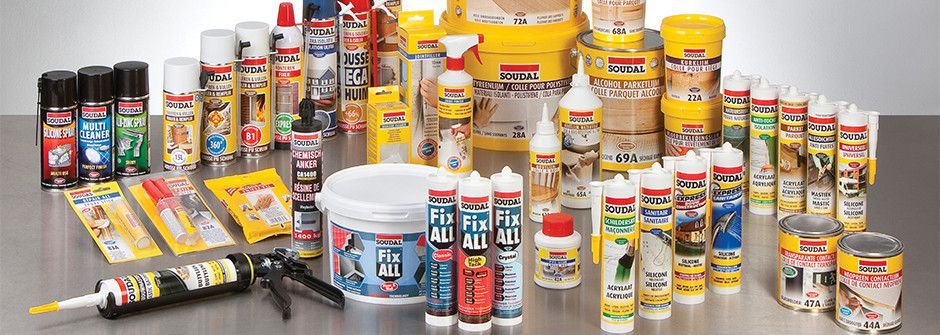HARDY IS THE MARKET LEADER IN PAINTING, RENOVATION AND CONSTRUCTION TOOLS
acrylic paints
Wood preservation requires systematic protection, with the aim of guaranteeing durability and good appearance. Wood care products are multi-component materials that must be mixed regularly during painting. In addition, many wooden elements have cutters or other decorative grooves that make it difficult to apply the stain evenly and accurately. That is why narrow brushes are most often used in wood preservation work.
Paints to protect wood
Wood preservation requires systematic protection, with the aim of guaranteeing durability and good appearance. Wood care products are multi-component materials that must be mixed regularly during painting. In addition, many wooden elements have cutters or other decorative grooves that make it difficult to apply the stain evenly and accurately. That is why narrow brushes are most often used in wood preservation work.
Emulsion Paints
When painting surfaces with emulsion paint, it is best to choose rollers made from a special synthetic material. It absorbs a large amount of paint to transfer it easily to the painted surface. The high-quality Hardy Rollers are resistant to chemicals - even solvents. Thanks to the high-quality materials, they are very hard-wearing, allowing them to be used many times.
Oil paint
Oil paints, alkyd paints or enamels based on resin solvents and some varnishes are characterized by a higher density and viscosity. They create a solid and durable protective coating. Rollers intended for painting with this type of paint have a very short pile. This makes it easier to apply a thin layer of paint to the painted surface and to achieve an even and uniform color.
Preparation for work
Prior to the first coat of paint, the roller should be washed in soapy water or thinner if used for painting with paints containing solvents. Then remove the water (solvent) on the absorbent surface from the roller. In this way, the absorbency of the roller is significantly increased and the loose microfibres that remain after brushing the roller in the production process are removed.
Painting with a roller
The roller should be submerged in the paint to about half its size (horizontal) and then any excess paint on the paint grid should be removed. Repeat the operation until the roller is completely soaked with paint. The paint should be applied to the painted surface from top to bottom without pressure and then smoothed out.
























